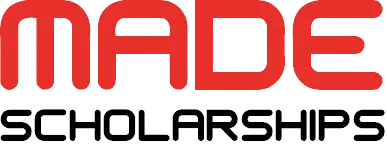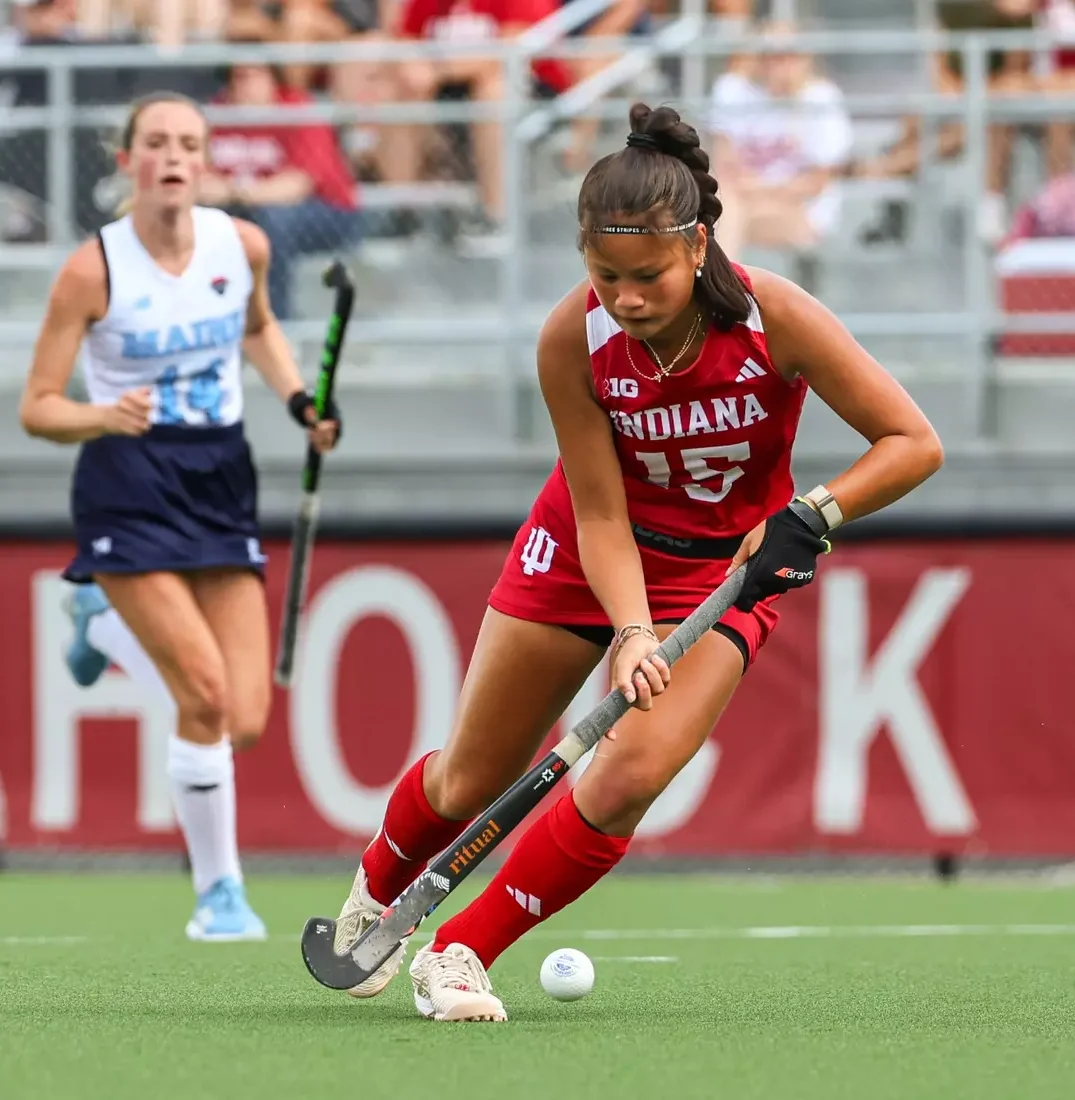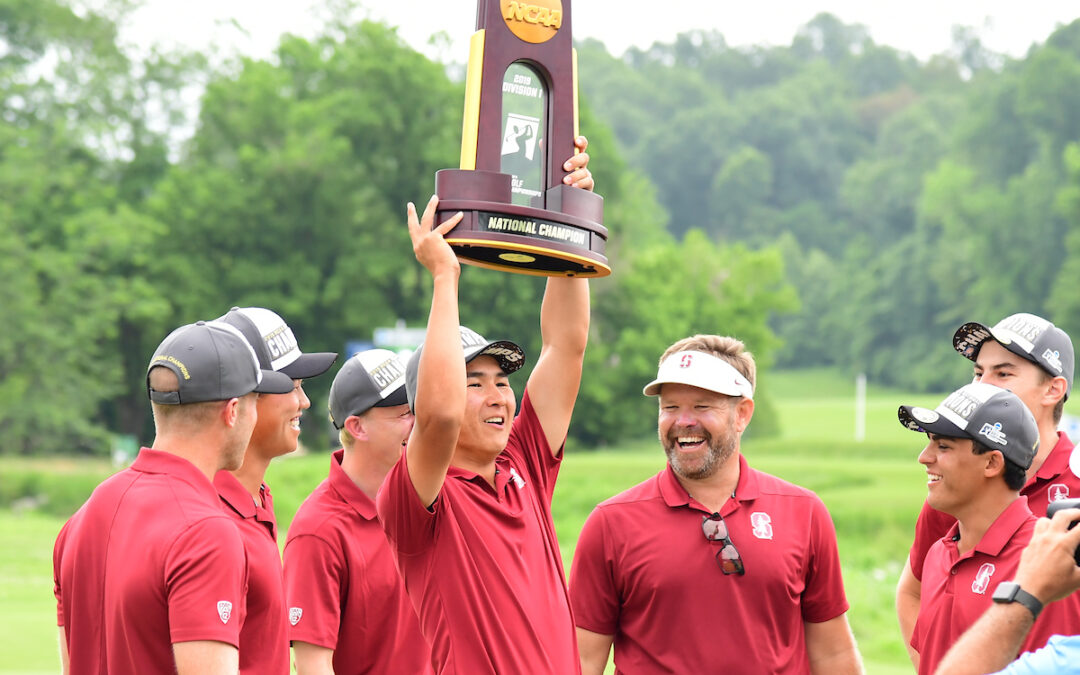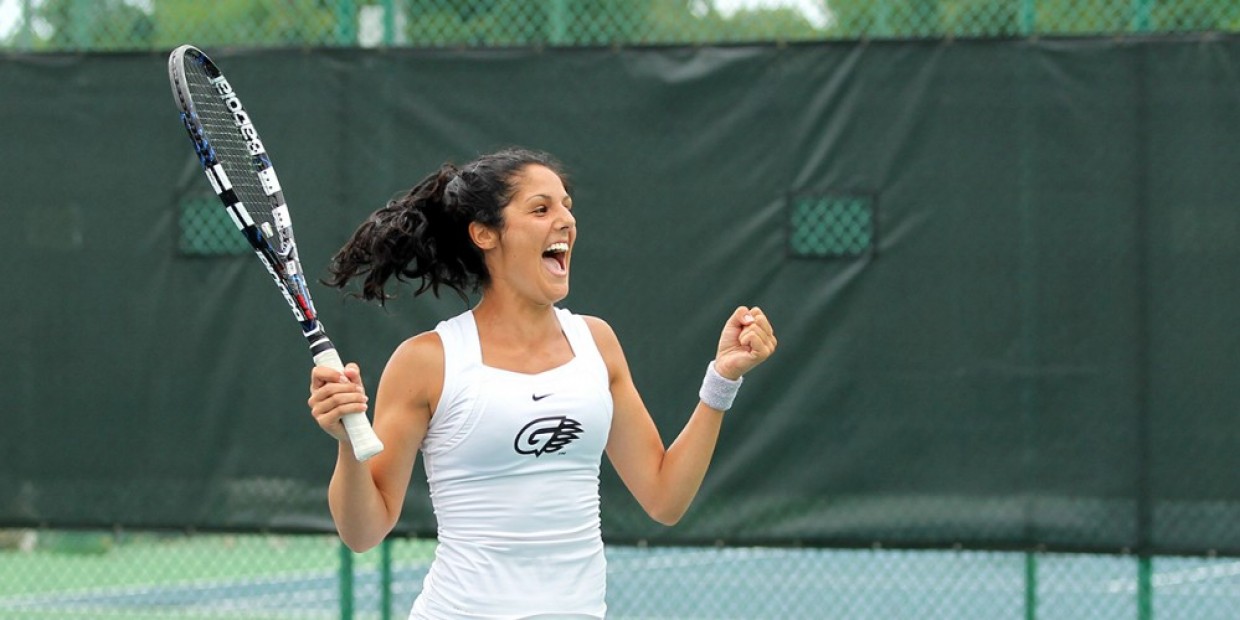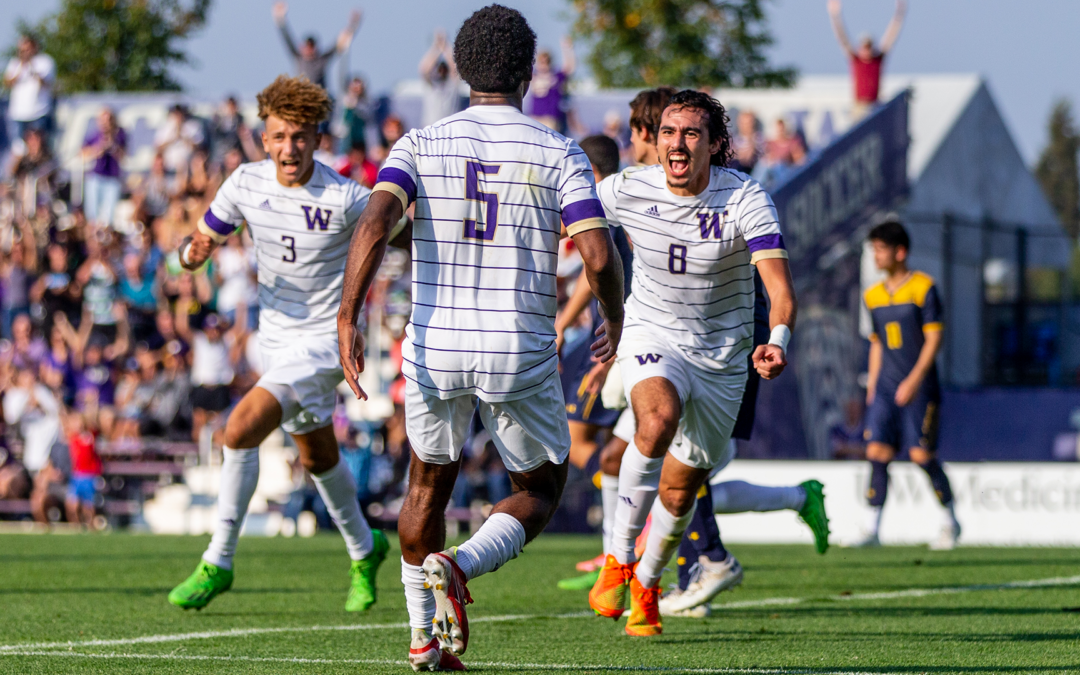Are you dreaming of combining your field hockey with an international degree? To train like a pro, compete for a championship, and earn a top-notch diploma at the same time? That dream is within reach for many field hockey players. And you certainly don’t have to be a top player in your country to qualify!
The route goes through the governing body for college field hockey in the United States, the NCAA. But where do you start? How does a field hockey scholarship in America work, and which college field hockey levels in America suit your skill level and ambitions?
In this blog, we’ll explain everything about the college field hockey levels in the US and give you practical tips to choose the right path to a hockey scholarship.
NCAA: the only route for college field hockey
An important difference with sports like soccer, tennis or track is that college field hockey in the USA is exclusively offered within the NCAA. The other sports organizations, NAIA and NJCAA, don’t offer a field hockey competition. Therefor, you will always end up in one of the three NCAA divisions, each with their own characteristics.
The NCAA (National Collegiate Athletic Association) is divided into three divisions
- NCAA Division I
- NCAA Division II
- NCAA Division III
Each division has its own characteristics regarding athletic level, eligibility, study load, and scholarships. Below is a brief description of all three divisions:
NCAA Division I: The absolute top level
Division I is the absolute top level of college field hockey in the US. Here you’ll find the universities with the largest budgets, best facilities, and most field hockey scholarships. The top teams in Division I are comparable to the European premier league and league below, the pace is very high and the games are very physical.
- Scholarships: Here are the most and highest athletic scholarships available, ranging from partial to full scholarships. Coaches strategically distribute their funds across the team.
- Life as a student athlete: Your life is dominated by a rigorous schedule of daily workouts, strength training, video analysis, studying, and long travels for competitions. It’s a full-time sports career alongside your studies.
- Who is this suitable for: This level is ideal for players who have experience at the highest youth level in their country, national selections, or high women’s divisions
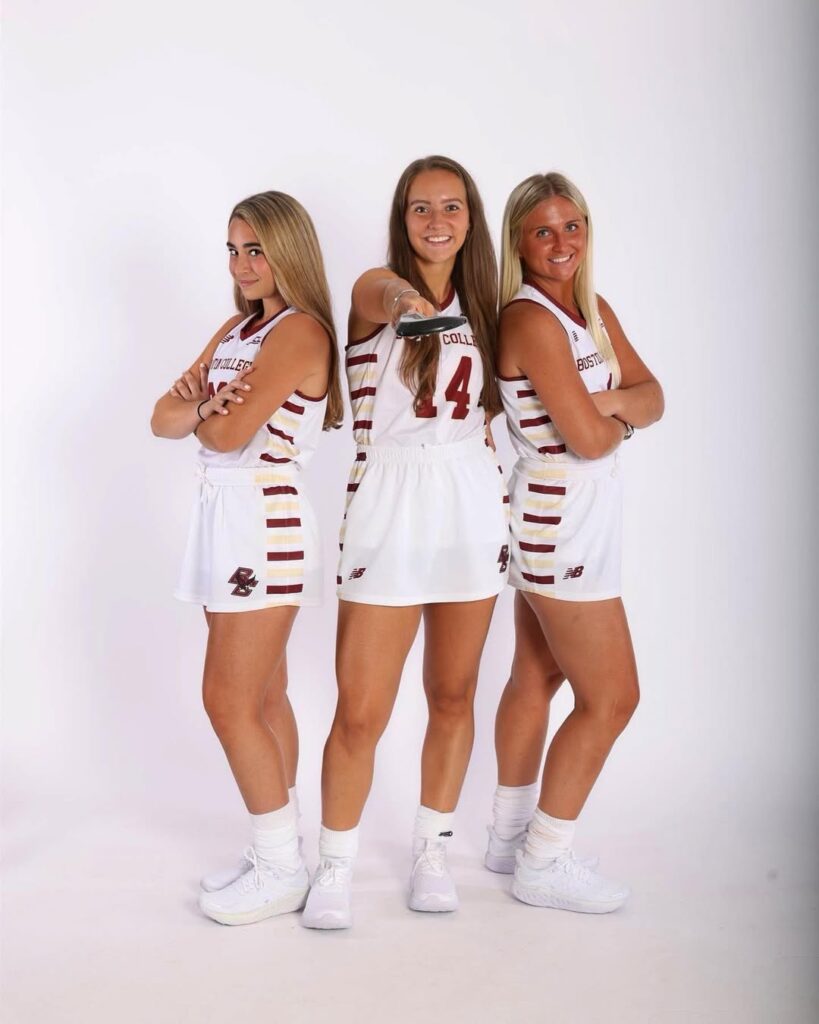
NCAA Division II: Competitive but more balanced
Division II is slightly less intense than Division I, but still highly competitive, and the facilities are excellent. However, most universities in this division do not play on water-based fields. Many players who play at a high to semi high youth or senior level in Europe are a perfect fit for Division II.
- Scholarships: Sports scholarships are also available here, often as partial grants that can be combined with academic support for strong students.
- Life as a student-athlete: You still train and compete at a very serious level, but there’s generally more balance between sports, academics, and your social life than in Division I. Travel is often more regional.
- Who is this suitable for: This level is well suited to players from the higher youth classes, or the sub-top of women.

NCAA Division III: Academic focus comes first
Division III is structured differently: no athletic scholarships are awarded here. However, you can count on academic scholarships or financial support through other channels. The level of athletics can be surprisingly high, but the focus is more on academics. The level varies widely in this division, and there’s a place for everyone, from sub-top youth to the lower classes in Europe.
- Scholarships: Division III schools are not permitted to offer athletic scholarships. However, there are often ample opportunities for academic and international scholarships, making studying here sometimes even more affordable.
- Life as a student-athlete: Field hockey is an important part of your life, but studying takes priority. Training intensity and travel time are less than at Division 1 or 2, giving you more freedom to do other things.
- Who is this for: Division 3 is a great option for ambitious players who are strong academically and want to combine sports with a top-level education.
What do coaches look at?
Initially, you’ll attract the attention of coaches in the US primarily based on video footage. Without a good, professional video, your chances of receiving a scholarship are slim. But that’s not all; coaches consider the overall package to determine if you’re a good fit for their team. Besides your hockey skill level (competitive class and video footage), coaches also consider:
- Experience: Experience in district or national youth selections is a huge plus and opens doors to the very best programs.
- Physical qualities: College field hockey is extremely fast and physical. Coaches actively scout for speed, strength, and endurance.
- Academic profile: In addition to your field hockey skills, coaches also consider your academic performance. This includes your high school grade point average (GPA) and your TOEFL and SAT/ACT test scores.
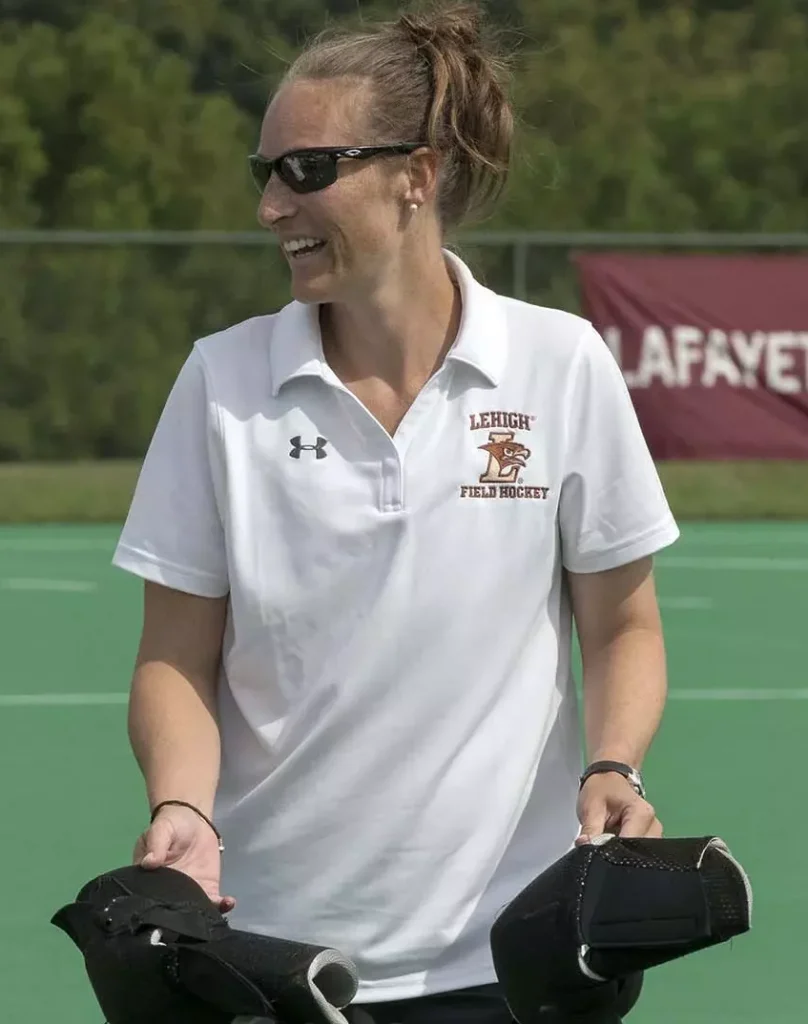
Your American dream begins here
If you dream of combining your studies with field hockey in America, the NCAA is your arena. Whether you’re chasing the absolute top in Division I, seeking balance in Division II, or focusing on your academic career in Division III, there’s a place for you.
Determining your level is the key to success. With the right guidance, solid preparation, and a compelling presentation (video, figures), you can find the perfect match.
Tip: Start on time! Coaches often fill their teams 1-2 years in advance. The sooner you start preparing, the better your chances of having the ideal field hockey experience.
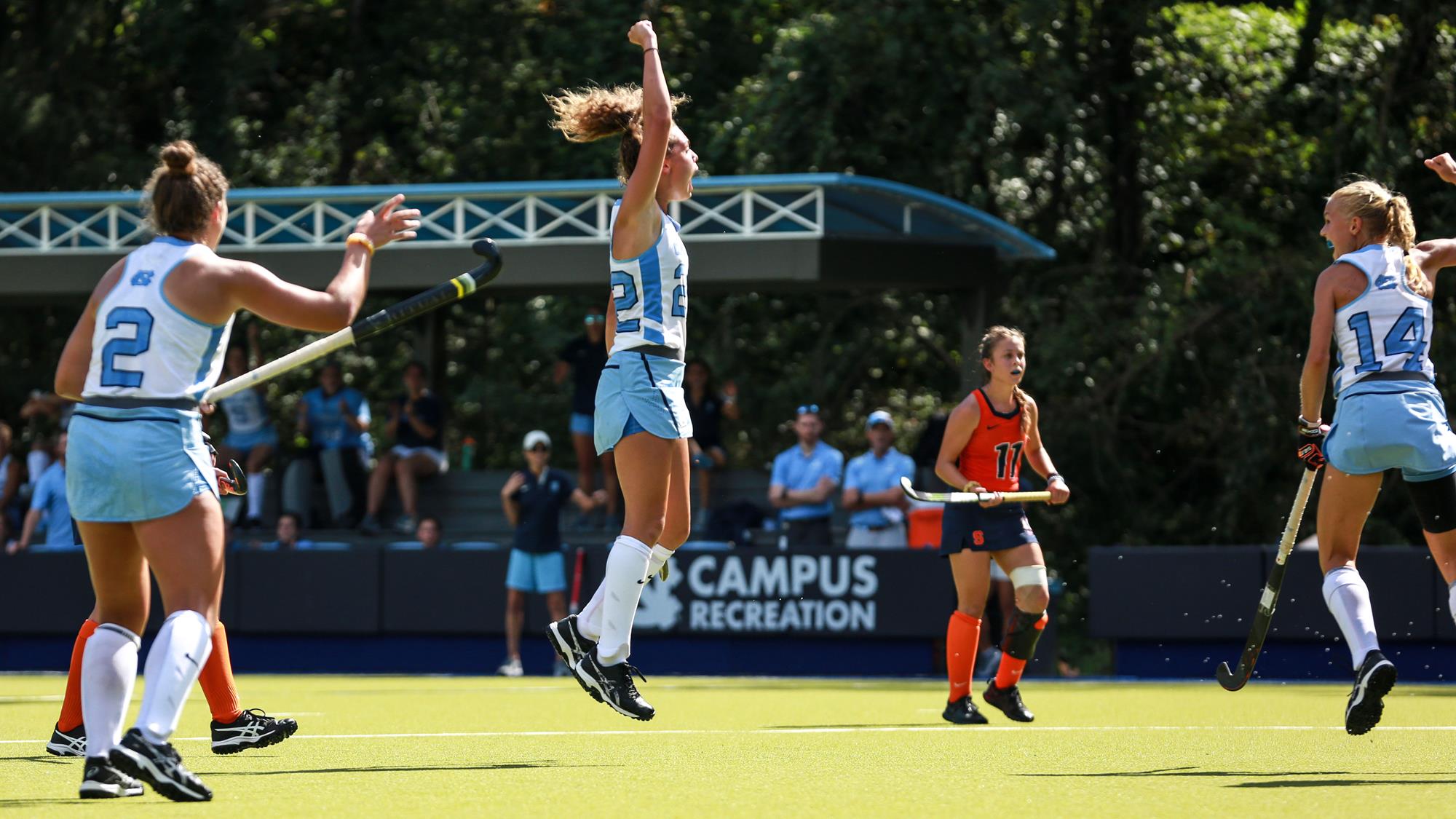
Ready to take the first step?
Every athlete is unique. Besides your field hockey level, we also consider your academic profile and personal goals. We’re happy to help you discover which university and team in the US are the perfect fit for you. Curious?
